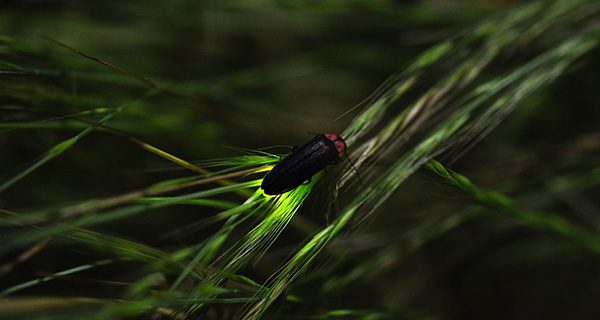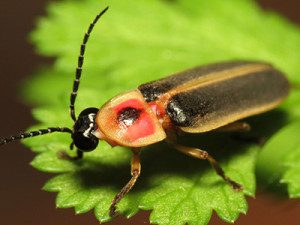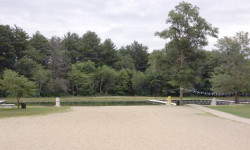[ccfic caption-text format="plaintext"]
By Lisa Moore
Hometown Weekly Correspondent
There is something magical that happens when warm summer days slowly give way to night. It stars with a flash of light in the falling dusk, so swift and small that one might blink and miss.
Within minutes, one flash is joined by many as the unique courtship of the firefly begins. The summer evening display brings children out with Mason jars, scampering to capture the insects and watch the fascinating light show up close.
“Firefly,” “lightening bug,” and “glowworm” are some of the names given to these unique insects, whose ability of bioluminescence mystifies the child in everyone. However you address them, fireflies are a type of winged beetle that use bioluminescence during twilight hours to attract mates or prey. The flash of light they produce has its origin in their lower abdomens, where a chemical reaction involving a special compound called luciferase occurs. These insects produce a cold light - one that does not exhibit any infrared or ultraviolet frequencies. The resulting flash produced can by yellow, green, pale red, or blue, depending on the species. There are over 2,000 species of fireflies, and they are most commonly found in marshes, wetlands, and wooded areas of temperate and tropical climates, where their larva can find ample food supplies.
Adult firefly diets vary by species. Some prey on other insects, while others eat pollen and plant nectar. Some species even have no mouthparts as adults, spending the remaining short time of their life looking for a mate.
In many species of firefly, both male and females have the ability to fly. However, in some species, the females are flightless. They climb up vegetation, then wait for a male to see their flashing response and find them.
At summer’s end, fireflies will hibernate in the larval form, burrowing underground or hiding under bark of trees. Some species will emerge the following spring, while other species may hibernate for years. After the larvae emerge from hibernation and feed for several weeks, they will then pupate for 1-3 weeks and emerge as adults, repeating the cycle.
Due to cutting down of trees and aggressive landscaping techniques, firefly habitats are being destroyed. Soon, the quintessential summer memory of chasing these unique and magical creatures through the warm grass, jelly jar in hand, on a warm summer night, may be lost to the generations of children that have yet to experience the magic.
If you are interested in being a citizen scientist and helping to study these unique creatures, visit massaudubon.org to get involved.

























